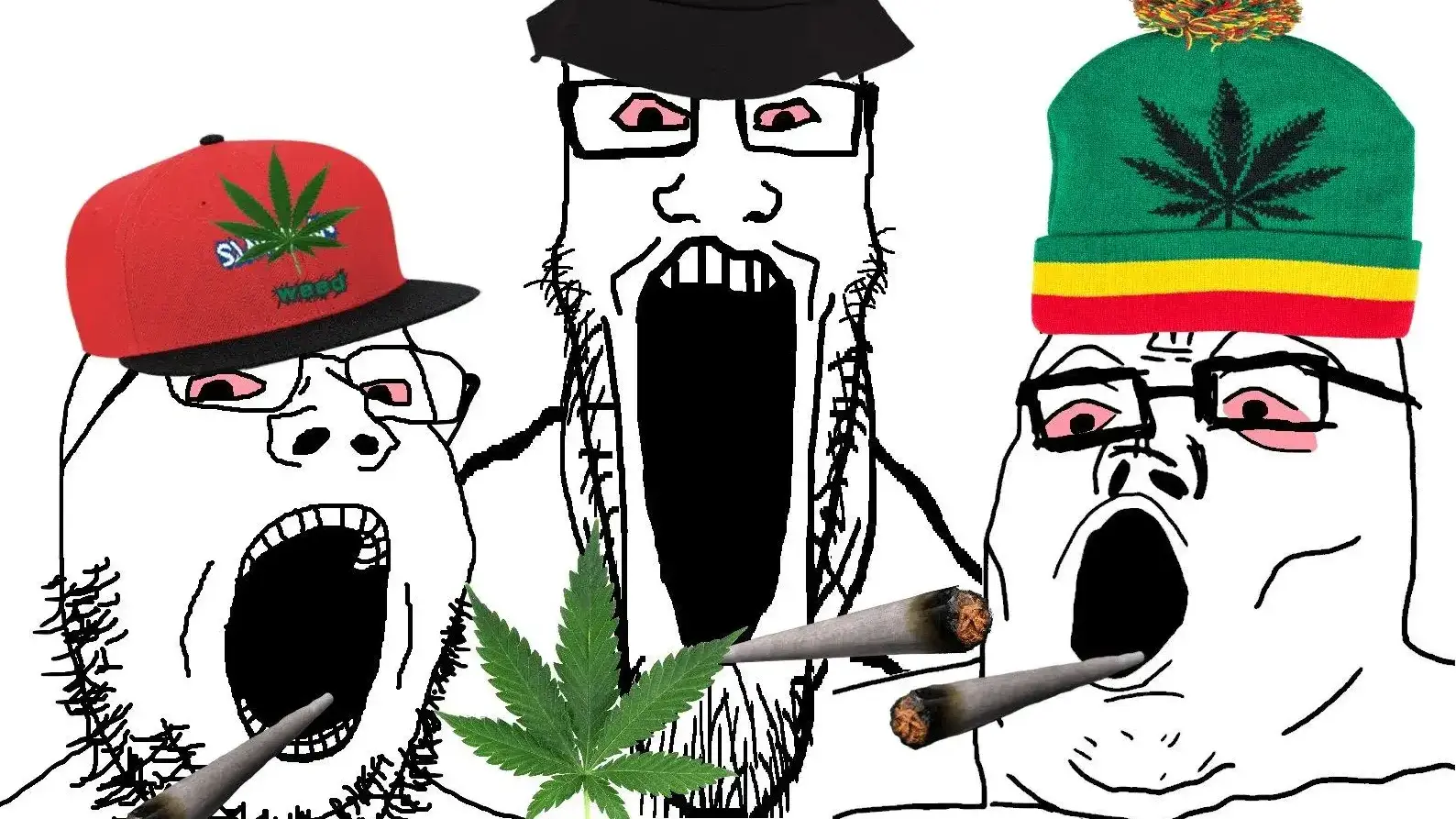We just need as much weed as possible and we need to get it into the veins of the taxpayers.
We cannot have people running around clear-headed. They will become angry and may want to disagree with the government.
We need passive citizens, who simply sit and watch the world around them with watery eyes and watery brains, and are not prone to making judgement calls.
That said: if you believed in the system, removing federal powers would always be a good thing.
But I don’t believe in the system, and would in fact argue that anyone who does believe in the system is clinically insane.
A recent supreme court decision that weakened the power of US government regulatory agencies such as the Drug Enforcement Administration (DEA) has added additional confusion to America’s already chaotic cannabis law.
This month, a federal court was able to overrule the DEA on what qualifies as legal hemp, in part because of a supreme court decision that nullified the Chevron doctrine, which once directed courts to defer to the expertise of federal agencies. But now the reverse will apply and courts may have the final say over even highly technical regulations.
The Supreme Court overturning the Chevron Doctrine, which could undercut federal agencies like the FDA. Former Commissioner @ScottGottliebMD explains the impact: pic.twitter.com/CCj1uqalu1
— Squawk Box (@SquawkCNBC) July 1, 2024
“It’s a mess,” said Peter Grinspoon, a physician and Harvard Medical School instructor who wrote Seeing Through the Smoke on medical cannabis. “When you have the DEA saying one thing, you have the farm bill saying another thing, you have the court swinging in one way or the other. It just goes to show that these hemp derived products need to be regulated in a sensible manner.”
The case this month, Anderson v Diamondback Investment Group was heard by the fourth circuit court of appeals and looked into whether an employee could be legally terminated for taking certain cannabis-derived products, including THC-O, a psychoactive substance synthesized from cannabis extract.
The ambiguity in this case lay in whether or not THC-O should be legally defined as a synthetic cannabinoid or hemp.
Synthetic cannabinoids are federally illegal schedule 1 substances. But a loophole in the 2018 farm bill changed the definition of legal hemp to include plant-derived products with less than .3% delta 9 THC – the most popular and well-known component of cannabis.
Since then, a multibillion-dollar unregulated market of all kinds of hemp products has emerged. Many states have since passed laws to try and rein in the proliferation of hemp products, many of which are intoxicating and easy to access for minors, among other problems.
…
So what is THC-O exactly? Scientists barely know yet. As of this writing, there were only seven studies looking into THC-O on PubMed, compared to over 12,0000 on CBD, for example.
“It gets people high, might have vast therapeutic benefits, might be dangerous, probably not so dangerous, because it’s close to regular THC, but it needs to be studied, and it needs to be regulated,” said Grinspoon.
There aren’t any therapeutic benefits. That’s a massive hoax.
It’s a mild painkiller, but it doesn’t work as well as low-level opioids, and opioids, if not abused, allow you to keep a lot more of your faculties than weed.
Daniel Kruger, a research scientist who studies cannabis with the University of Michigan, is the author of two of those seven studies. He said we need a lot more research on different cannabinoids “to fulfill the true mission of public health. It’s not like alcohol, where you just have ethyl alcohol, that’s the only active ingredient. There’s hundreds of different potentially psychoactive compounds in cannabis.”
Kruger is concerned about THC-O in particular because “it has an acetate group on it”. Vaporizer cartridges that contain acetates are of particular public health concern, because vapes containing vitamin E acetate killed nearly 70 people, and sent thousands to the hospital with a lung condition called EVALI.
Okay, well.
Good luck with that.
Honestly, it’s hard to care at this point.
Nearly half of adolescent males with cannabis-induced psychosis develop a schizophrenia spectrum disorder within 3 years.
🧵1/9 pic.twitter.com/ZTBh3L9wY5
— Nicholas Fabiano, MD (@NTFabiano) March 7, 2024
Considering that 23.8 million people have cannabis use disorder globally, this is a major public health concern. https://t.co/490fpaN1u8 3/9 pic.twitter.com/hTkHmsGsul
— Nicholas Fabiano, MD (@NTFabiano) March 7, 2024
1) Cannabis can trigger schizophrenia in an individual who would not have developed the illness if they had not been exposed to the drug. https://t.co/aF26KXyfad 5/9
— Nicholas Fabiano, MD (@NTFabiano) March 7, 2024
3) Common cause suggests that other factors are responsible for the relationship such as childhood trauma or genetics for example. https://t.co/wsvMyU38Uj 7/9 pic.twitter.com/dgTnZnFwZB
— Nicholas Fabiano, MD (@NTFabiano) March 7, 2024
Overall, these findings highlight the need for targeted prevention measures for the highest risk groups to prevent or delay transition to a schizophrenia spectrum disorder. 9/9
— Nicholas Fabiano, MD (@NTFabiano) March 7, 2024

